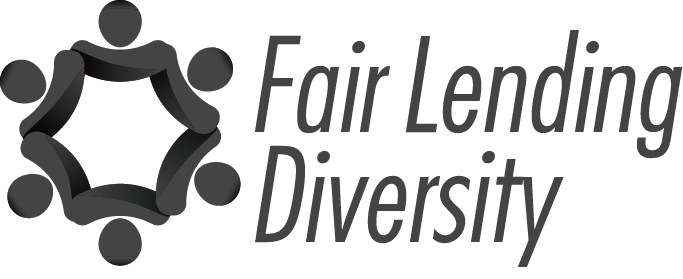Lenders are leaving money on the table that could easily pay for compliance overhead and they don’t even recognize it. Additionally, this “lost income” also solves many of the Fair Lending issues they face. How can this be? The solution is a lot simpler than you can imagine so follow me through this three-part series about how two very prominent lenders (my satisfied clients) found an enormous amount of lost revenue and set up a fair lending model as a standard for our industry.
“A KPMG survey of 100 executives at banks with assets between $1B and $20B finds the percentage of total operating costs driven by regulatory compliance requirements are 11% to 20% (47%), 5% to 10% (40%), 21% to 30% (8%), and less than 5% (5%). Thank you Rob Chrisman for this quote.”
Legitimate concerns? You bet! Yet as a professional that understands the profitability and bottom line of a company, I knew that there had to be something we were all missing.
If we expect that the bottom line is going to erode over:
- Legislative changes,
- Increased employee/compliance costs,
- Market competition,
- Profit constriction due to compliance regulation on margins,
then we must think about how our business model needs to be altered to pick up lost revenue!
It really is as simple as that.
When you have a background like mine, which includes high degrees of success in sales and marketing, operations, secondary, technology and the compliance arena, your brain is programmed to think about the entire process, and not just a silo or vertical within the process.
With accepting the increased cost of compliance and the pending profit constriction in mind, I began working with several of my clients on how to turn this around. The results were amazing and their profitability began to soar again, by simply instituting two revenue models that I developed for them. The bonus was a fair lending program that will serve as a standard for how to do it right!
This is a real case study that highlights how slight tweaks in a business model will produce:
- Income to cover the cost of compliance
- Decrease the cost to originate
- Increase the profit on the bottom line
- Decrease your fair lending issues
This case study is based on my clients who had the forethought to address compliance and profitability head-on, and I’m glad they trusted me enough to take that leap of faith.
In Part-Two I will unveil the first of my two revenue generating models. If you are in charge of the bottom line, you will not want to miss this!








